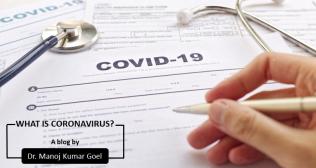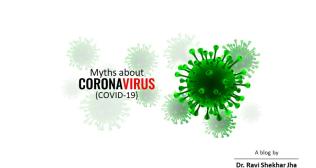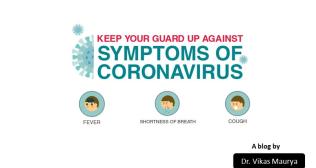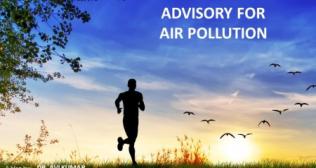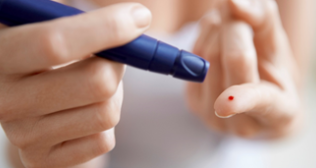
Chronic Obstructive Pulmonary Disease (COPD) | Symptoms & Treatment
COPD is the fourth leading cause of death globally and the numbers are only rising. COPD is a common preventable and treatable disorder of the airways and air sacs of our lungs which occurs mostly in middle aged people due to significant exposure to noxious stimuli in the form of particles or gases. The most common noxious stimulus is the tobacco smoke which may come from smoking cigarettes, bidis, hookas or sheeshas or exposure tb o biomass fuel. The other stimuli may be smoke from combustion of coal, fossil or any other fuel, air pollution – indoor and outdoor and occupational exposure to fumes, gases, vapours and other chemicals. All these agents trigger off an inflammatory reaction which damages the airways and lungs, resulting in a permanent, irreversible damage over a period of time. Nonsmokers can also develop COPD due to environmental, infections and genetic interactions. These patients also contribute 40-50% of COPD cases. Hence it is important to address symptoms related to COPD early and get ift managed by an expert
The classical symptoms of chronic obstructive pulmonary disease are a triad of cough, mucous production and shortness of breath and the diagnosis is confirmed with a simple test, called spirometry. As the disease progresses, patients start developing loss of weight, appetite and fatigue. Such patients usually experience worsening of their symptoms during winter months and may require hospitalization depending upon the severity of symptoms. Without treatment COPD is a progressive disease and can lead to life full of disease and disability. Patients may become bed ridden and immobile due to cachexia and shortness of breath associated with COPD. Eventually, some of them may progress to develop chronic respiratory failure and require oxygen and noninvasive ventilatory (NIV) support on a domiciliary basis.
The mainstay of treatment is cessation of exposure to smoke. Nonsmoking COPD needs to managed by an expert.
So the first thing for such patients to do is to Quit Smoking!! Various modalities for helping someone quit smoking are now available. The usage of medication via inhalers has been shown to reduce the severity and frequency of exacerbations and improve the patients’ health status and exercise capacity. Many of these patients have other comorbidities also, which must be treated concomitantly. These patients must receive the three important respiratory vaccines, namely COVID19, Influenza and Pneumococcal. They should enroll themselves with a pulmonary rehabilitation program and work upon building their lung capacity. In a select group of patients, surgical or bronchoscopic interventions can be helpful.
Categories
Clear allMeet the doctor
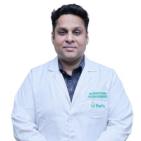
- Pulmonology | Pulmonology and Critical care | Sleep Medicine
-
26 Years
-
1600







